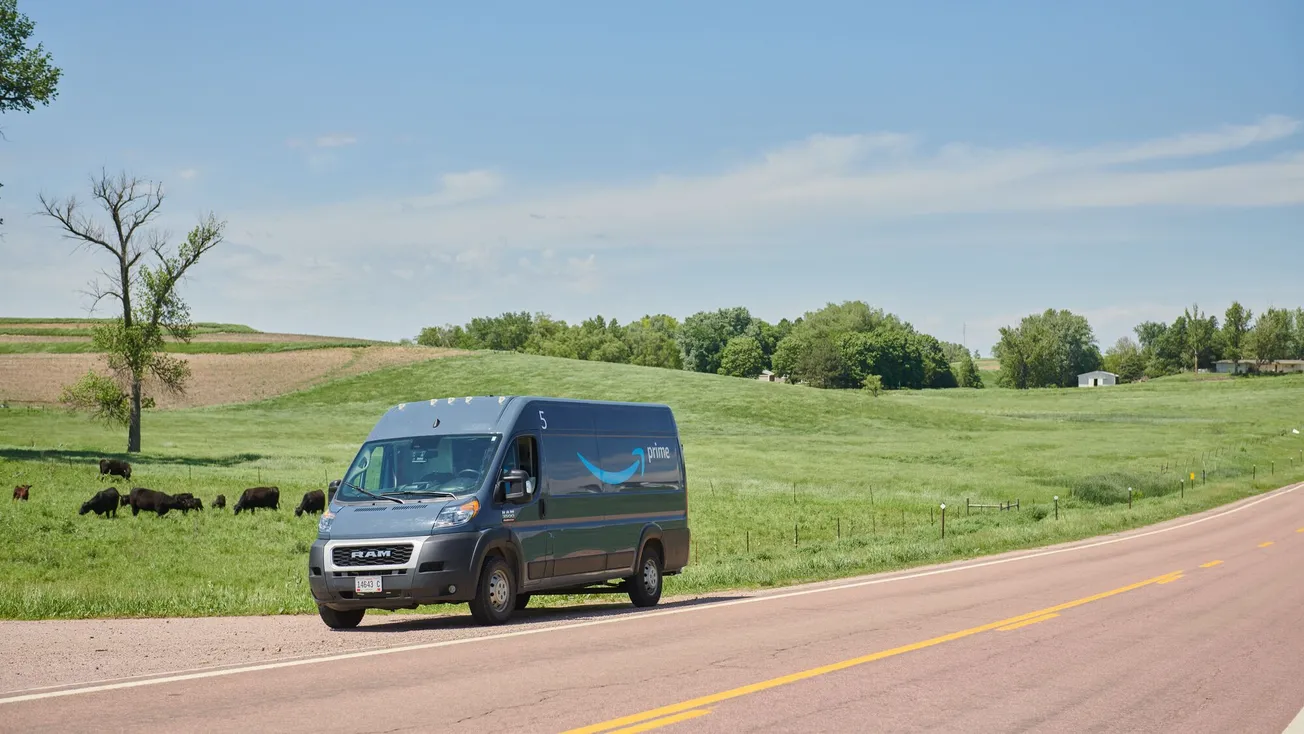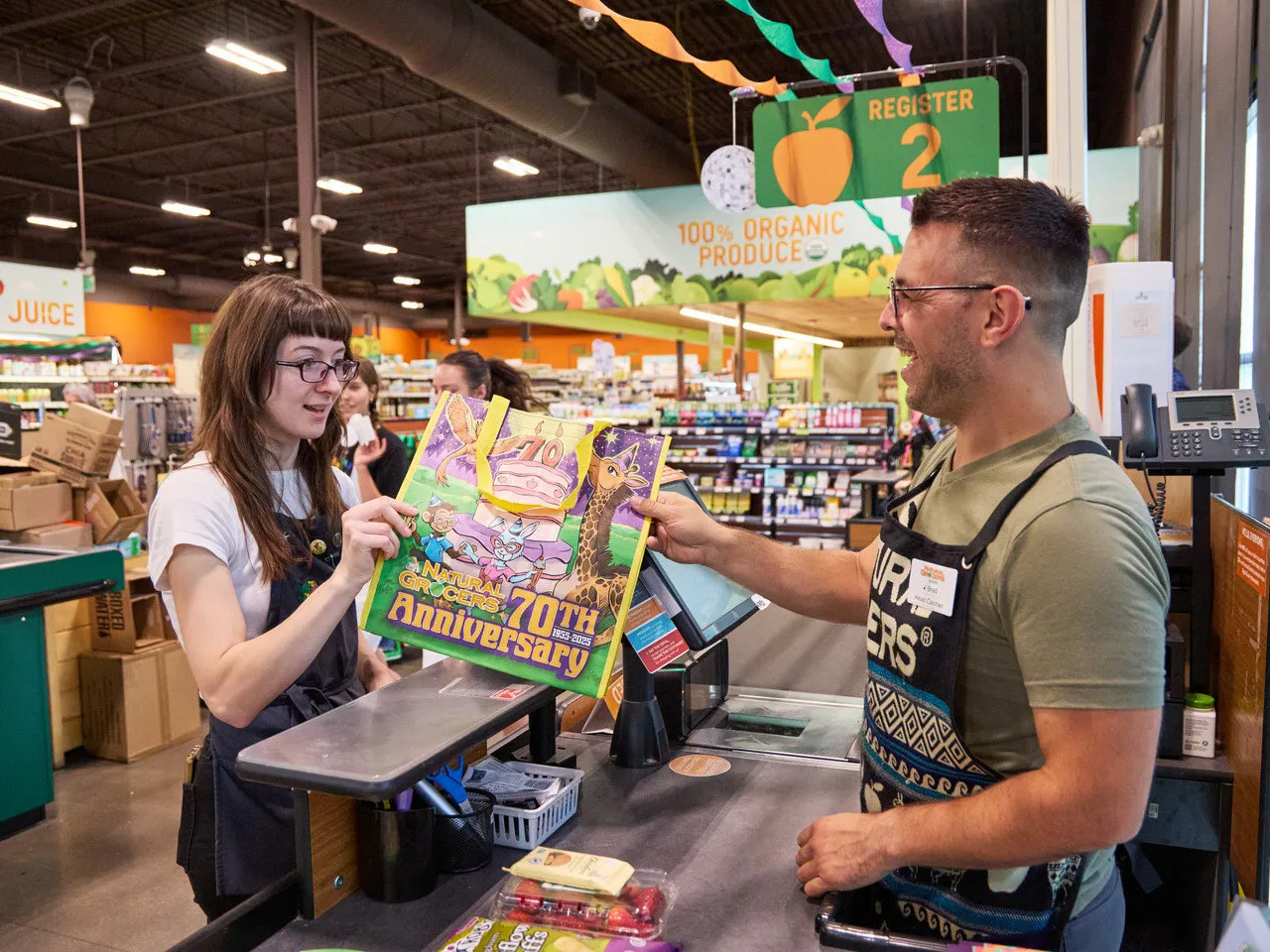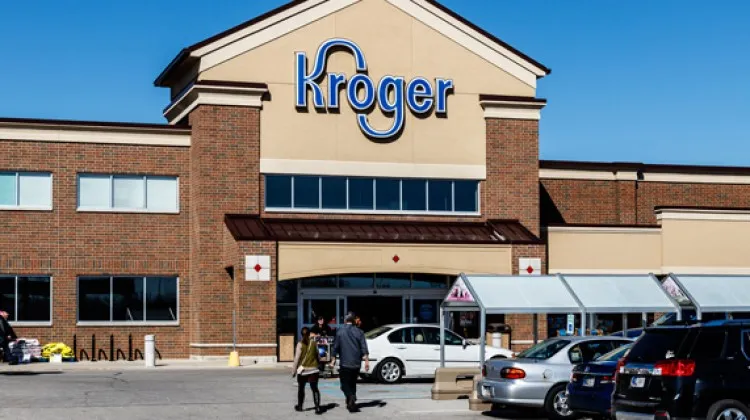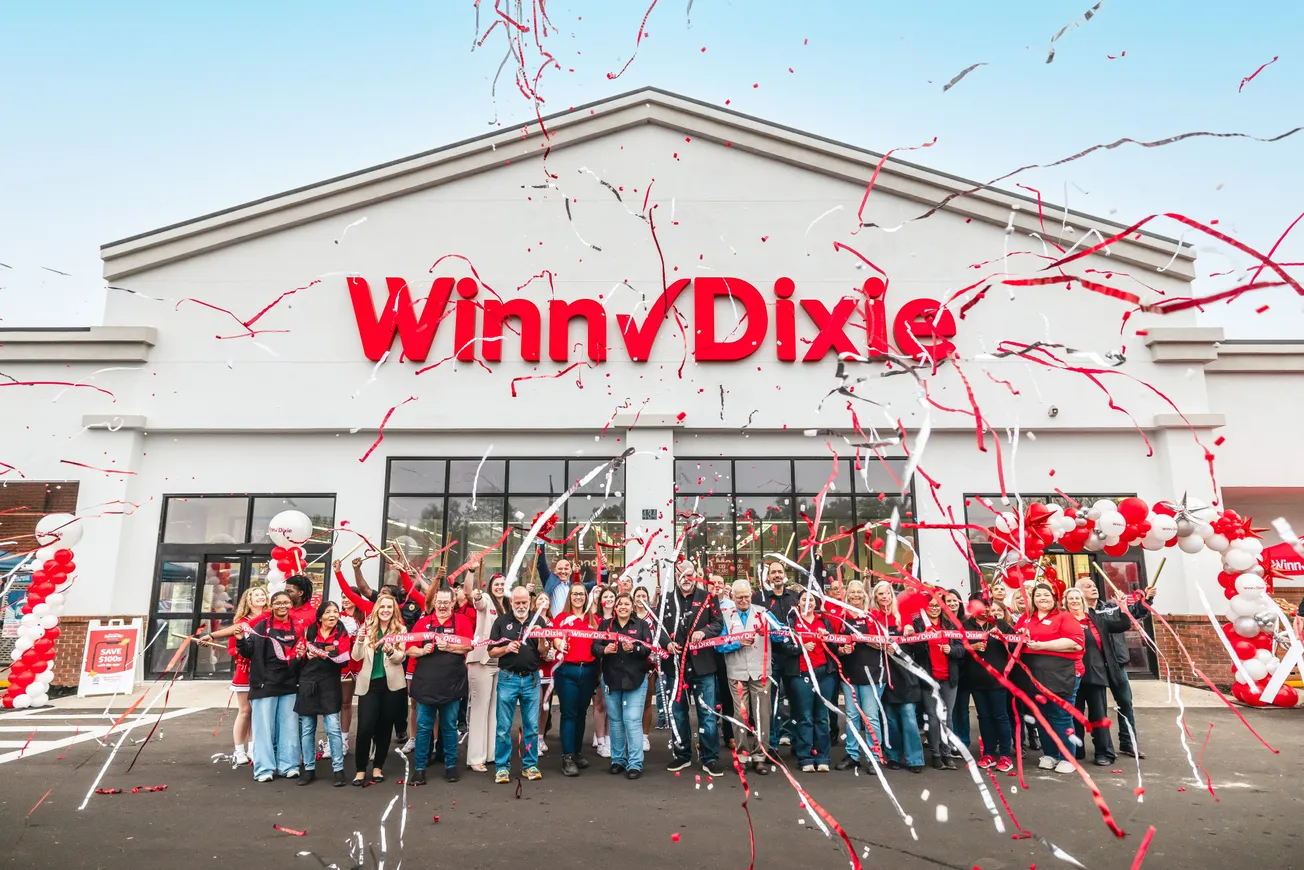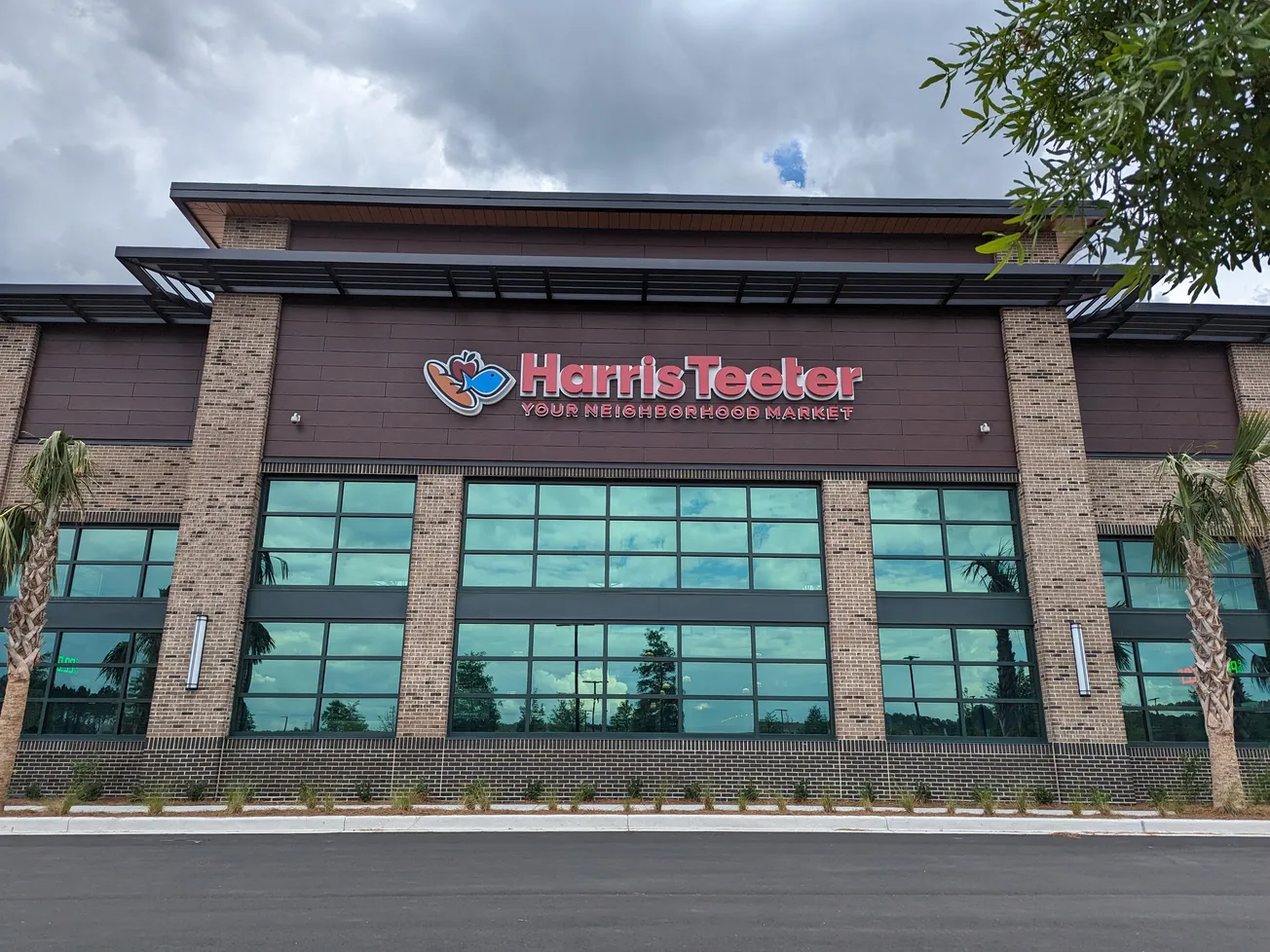SEATTLE — Amazon is dramatically accelerating the reach of its fastest delivery options, announcing today that it will expand Same-Day and Next-Day Prime delivery to more than 4,000 smaller cities, towns, and rural communities across the United States by the end of 2025. This major infrastructure expansion aims to bring faster access to everyday essentials and popular items to tens of millions of Americans who have traditionally faced limited delivery options.
The initiative is part of a broader $4 billion investment to triple the size of Amazon’s delivery network by 2026, strongly emphasizing rural and underserved areas. The company said the move will enhance customer convenience and help reduce transportation times, cut carbon emissions, and boost local economies by creating thousands of new jobs.
“Everybody loves fast delivery. So, whether you live in Monmouth, Iowa or in downtown Los Angeles, now you're going to have the same fantastic Amazon customer experience: the ability to get the wide variety of items you need to keep your household running every day, delivered the same or next day,” said Doug Herrington, CEO of Worldwide Amazon Stores.
Faster Access to Everyday Essentials
One key benefit of the expansion is quicker delivery of Amazon’s everyday essentials, including groceries, household goods, and personal care products—items customers often need on short notice. In areas where Same-Day and Next-Day services have already been rolled out, customers shop more frequently and purchase essentials at significantly higher rates. Over 90% of these communities' top 50 repurchased items are part of Amazon’s everyday essentials offering.
According to Amazon, the rapid delivery of these essential items helped drive their sales at more than double the rate of other product categories in the first quarter of 2025. The company now ranks among the largest grocers in the U.S., with over $100 billion in gross sales, excluding revenue from Whole Foods Market and Amazon Fresh.


Innovation Driving Speed and Scale
Amazon’s expansion is powered by a series of operational innovations and technology upgrades designed to shorten delivery times and enhance local relevance. These include:
- Hybrid Delivery Hubs: Existing rural delivery stations are being upgraded into hybrid facilities that can store inventory onsite and process packages for final delivery. This allows products to be positioned closer to customers and reduces overall transit time.
- AI-Powered Stocking: Advanced machine learning models are used to predict what items will most likely be purchased in specific communities. This enables Amazon to stock local delivery hubs with high-demand national products and regionally tailored items, such as bird seed in Iowa, backpacks in Ohio, and after-sun lotion in Maryland.
- Job Creation and Economic Impact: Amazon estimates that each new delivery station will create an average of 170 jobs onsite, plus additional gig and driving opportunities through the Amazon Flex and DSP (Delivery Service Partner) programs. Full-time employees at delivery hubs receive benefits starting on day one, and average wages nearly triple the federal minimum wage.
Rural Communities Already Seeing Results
Communities such as Lewes, Delaware; Fort Seneca, Ohio; Asbury, Iowa; and North Padre Island, Texas, are among the more than 1,000 rural areas already experiencing Same-Day and Next-Day delivery service in 2025. According to Amazon, feedback from customers in these pilot areas has been overwhelmingly positive, with more frequent purchases and higher satisfaction levels reported.
Amazon’s broader vision is to eliminate the delivery gap between urban and rural communities, making fast, reliable service available to all Prime members, regardless of where they live. As part of this effort, customers can visit amazon.com/samedaystore to see what products are available for rapid delivery in their region or look for the “free delivery today” label while browsing.
This expansion comes after a record-breaking 2024, when Amazon delivered more products to Prime members at same-day or next-day speeds than any previous year. In 2025, the company reports that these fast delivery options have grown by more than 30% compared to last year.


